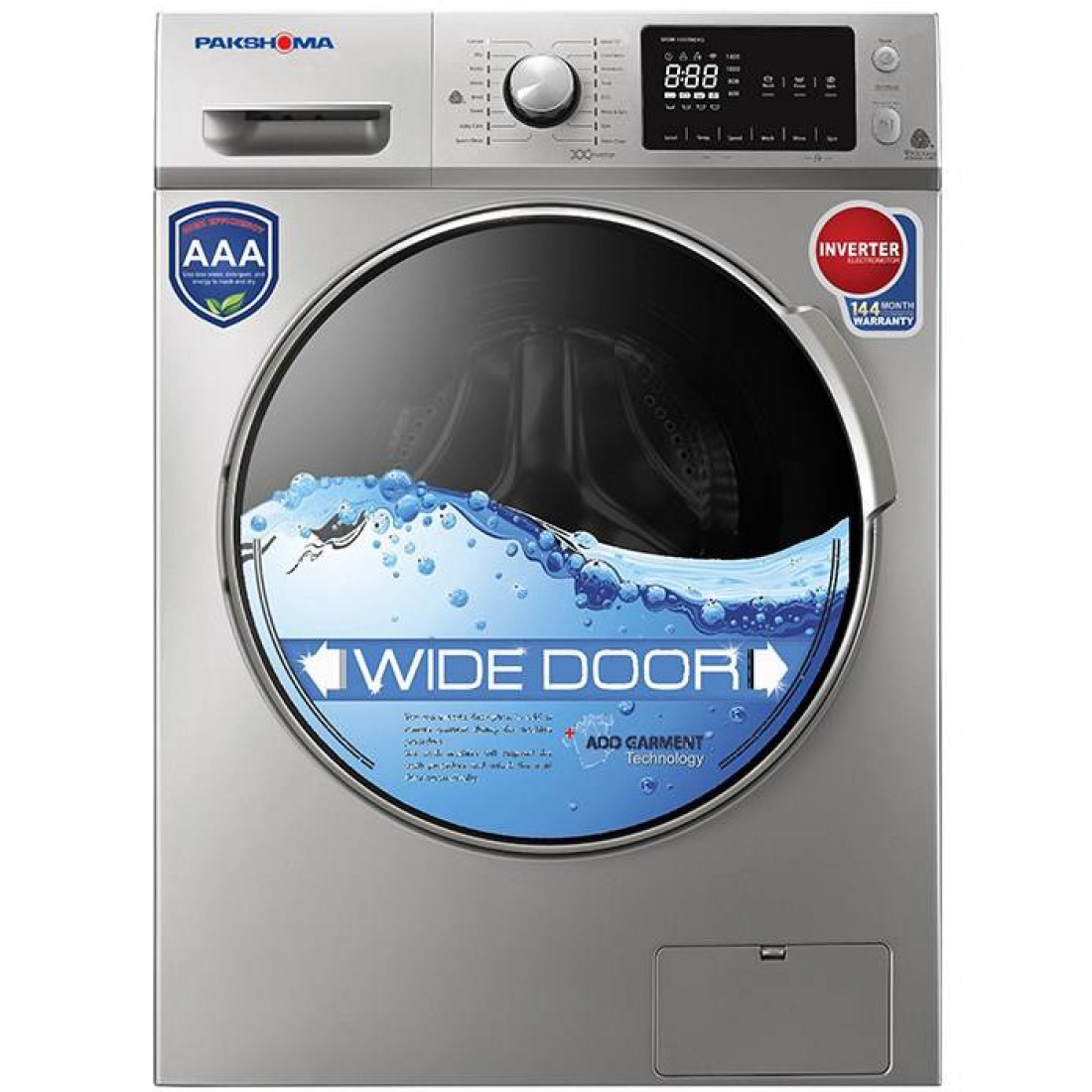Pulsed-Laser Deposition (PLD) is a type of physical vapor deposition which uses thermal stimulation for evaporation, transfer, and deposition of Target atoms onto a substrate. Like all similar deposition methods, the main sections of this apparatus are Target (desired coating material) and a substrate, which are placed in a chamber connected to the vacuum pumps; during deposition process, a laser beam is employed to thermally stimulate the Target.
Introduction
Pulsed-Laser Deposition (PLD) is a type of physical vapor deposition which uses thermal stimulation for evaporation, transfer, and deposition of Target atoms onto a substrate. Like all similar deposition methods, the main sections of this apparatus are Target (desired coating material) and a substrate, which are placed in a chamber connected to the vacuum pumps; during deposition process, a laser beam is employed to thermally stimulate the Target.
In this method, the heating mechanism involves the radiation and focus of a pulsed laser onto the Target. Laser radiation increases the localized temperature of the Target surface, beyond its melting and evaporation points. Therefore, a cloud of evaporated material forms which moves towards the substrate. Typically, to encourage the deposition of ejected atoms from Target on the substrate, the substrate is heated. Although PLD is technically straightforward and has an acceptable reproducibility, but it doesn’t necessarily mean that the underlying mechanisms, responsible for deposition process, can be readily tracked or fully known. Indeed, the reactions that occur inside the reaction chamber are usually more complicated. This results from the fact that by striking the laser on the target surface, usually in addition to the Target evaporation, some other phenomena like scattering of electrons, ions, and molecules happen. The interaction between laser and plasma also complicates the reactions inside the chamber. As a result, in most cases finding the optimum conditions for deposition process requires some trial and error. The PLD process also allows deposition of multi-components coatings like alloys. In case of using active gases, it is possible to deposit oxide- and nitride-based coatings.
One of the main applications of PLD is the coating of some conductive and semi-conductive metal oxides. The other applications involve the coating of nano oxide, metals, and diamond-like carbon (DLC). Despite the success of this technique in layering of a wide variety of materials and its applications in different fields, this technique is still known as laboratory equipment that is able to deposit high quality thin film for research and development of new materials and devices.
Application
Pulsed-laser deposition (PLD) is one of the most suitable techniques for fabrication of complex oxide with heterogeneous structures, super lattices, and well-controlled interfaces. The other applications are as follows:
- Electronic industry (transistors and diode fabrication)
- MEMS industry
- PMMA deposition before lithography
- Chemical sensors fabrication
specification
Details of technical specifications are presented in the following Table.
 Advantager of using nanotechnology
Advantager of using nanotechnology
Pulsed Laser Deposition (PLD) is one of the PVD techniques which can produce thin films from a wide range of materials. This apparatus by offering adjustable parameters makes it possible to produce a material with different structures such as fine-grained, nanostructured, etc.
Manual and maintenance
- Ensure the proper connection of the earth cable, which prevents danger of electric shock. Note that in case of lack of earth connection, the thickness gauge would not properly operate.
- Cooling the quartz crystal is necessary when exposed to heat generated during layer deposition, so water as a coolant must be passed (about 0.5 liter per minute) through the thickness gauge. The best way to do so in regions with hard water is the use of a closed system in which water circulation with temperature not exceeding 20 °C is applied.
- The system never experiences leakage automatically, so in case of having problem with vacuum system, first examine the last changes done on the system and begin inspection from those suspicious points.
- The placement of the apparatus must be clean, devoid of dust and ash and low in humidity as much as possible.
- The placement location of the apparatus must have enough space so the user could readily access around it.
- For more details on how to use the device, refer to the device catalog and user guide.
Safety and package
- The installation place must be equipped with proper earth well for safe electric discharge; otherwise protection against personal injury or apparatus damage is not guaranteed.
- Avoid installing the apparatus in places with high risk of water leakage; otherwise the electric shock or fire may be resulted.
- The apparatus must be turned off under vacuum pressure. When transporting the apparatus, be careful to prevent the apparatus from any impact and probable breaking of chamber glass.
- To prevent leakage, any impact and scratches should be avoided, especially in parts where vacuum chamber O-ring touches the base plate and aluminum door.
- When using acetone for cleaning purpose, avoid contact of acetone with other parts of the apparatus, this may result in damage to the paint of the apparatus.






